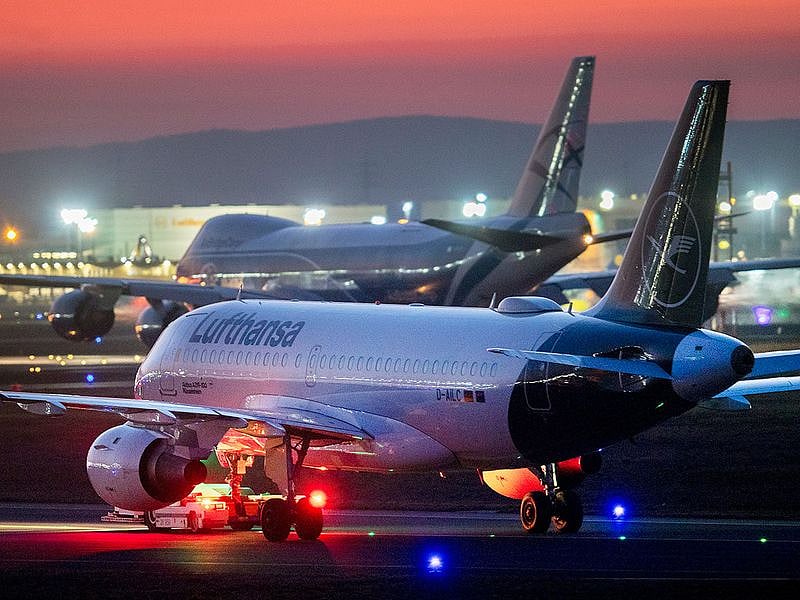Dubai: Airlines worldwide are now facing the likelihood of surpassing $11 billion in extra expenditure in 2025. The chief drivers: continuing setbacks in aircraft manufacturing, surging fuel demand, and an uptick in maintenance linked to ageing aircraft.
Higher running costs are now encroaching on airlines’ ability to serve expanding passenger numbers while keeping operations running smoothly, according to a joint study by the International Air Transport Association (IATA) and Oliver Wyman, a management consulting and a business of Marsh McLennan.
With new aircraft repeatedly postponed, fleets rely on older models that consume more fuel, adding around $4.2 billion to annual fuel bills. Maintenance is following a similar pattern. The growing age of aircraft is forcing operators to absorb frequent and expensive repairs, pushing global maintenance outlays up by an estimated $3.1 billion. In tandem, these cost pressures squeeze profit margins and restrict how flexibly airlines can respond to shifting travel trends.
Escalating obstacles
Aviation analysts and major industry figures are outlining a suite of focused responses to these escalating obstacles. Their proposals urge the sector to introduce open practices in Maintenance, Repair and Operations (MRO), decrease dependence on traditional equipment manufacturers’ licensing systems, and widen access to secondary sources for both components and services. Increasing transparency and real-time monitoring throughout all layers of the supply web is also recommended, helping companies to detect vulnerabilities and pre-empt bottlenecks or inefficiencies.
In addition, sector guidance points to the value of leveraging predictive maintenance data and joint spare-parts pools, along with shared digital platforms for maintenance information. These steps are intended to balance parts inventories, cut delays, and give airlines firmer control over expenses and forecasting. Recommendations also include growing facilities for repairs and parts storage, expediting repair sign-offs, and backing alternative parts as well as Used Serviceable Material (USM) initiatives to mitigate constraints in the system.
'No simple solution'
Willie Walsh, Director General of IATA, stated: “Airlines depend on a reliable supply chain to operate and grow their fleets efficiently. Now we have unprecedented waits for aircraft, engines and parts and unpredictable delivery schedules. Together these have sent costs spiralling by at least $11 billion for this year and limited the ability of airlines to meet consumer demand.
"There is no simple solution to resolving this problem, but there are several actions that could provide some relief. To start, opening the aftermarket would help by giving airlines greater choice and access to parts and services. In parallel, greater transparency on the state of the supply chain would give airlines the data they need to plan around blockages while helping OEMs to ease underlying bottlenecks.”
Matthew Poitras, Partner at Oliver Wyman, noted: “Today’s aircraft fleet is larger, more advanced, and more fuel efficient than ever before. However, supply chain challenges are impacting airlines and OEMs alike. We see an opportunity to catalyse an improvement in supply chain performance that will benefit everyone, but this will require collective steps to reshape the structure of the aerospace industry and work together on transparency and talent.”
The accompanying report identifies the need for a coordinated, forward-thinking strategy involving all parties in the supply chain, concluding that deeper cooperation is essential to satisfy production and maintenance requirements as demand for air travel increases through 2025 and afterwards.
Sign up for the Daily Briefing
Get the latest news and updates straight to your inbox
Network Links
GN StoreDownload our app
© Al Nisr Publishing LLC 2025. All rights reserved.
